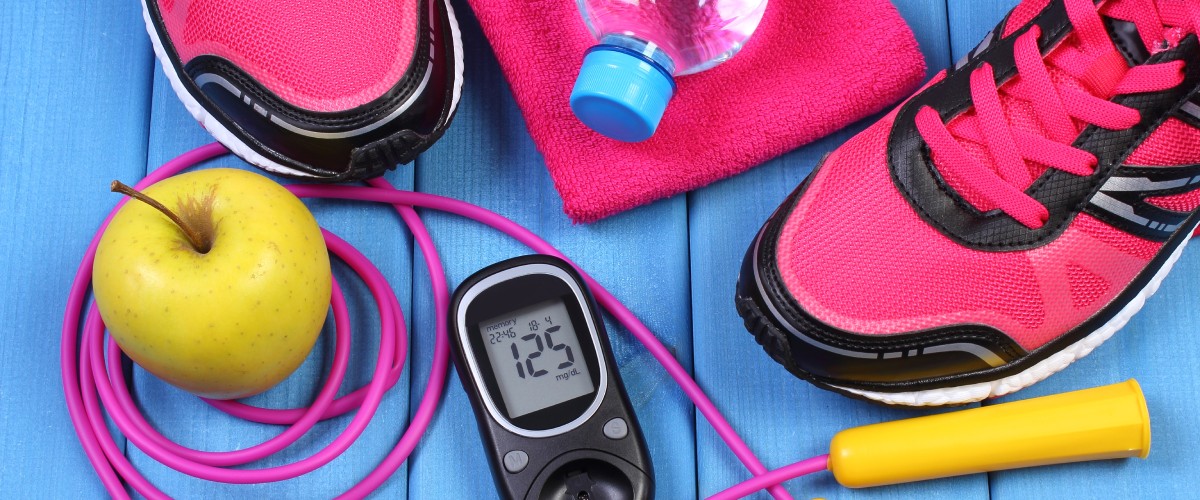Let’s understand the question of how to eat right and exercise effectively in chronic diabetes?
Current recommendations are 150 minutes of structured physical activity per week. For the best functioning of insulin, you should not go more than two days without training. At the same time, you should aim for two or three weight training sessions per week.
HOW TO EXERCISE WITH DIABETES?
For classes of 150 minutes a week, you need to devote about 20 minutes of physical activity per day. You can allocate this time as you wish. Even four 5-minute sessions can be good for you. There is absolutely no need to jump straight into an hour-long workout every day.
Planning for more than your schedule or ability allows can lead to burnout and injury. If you are not currently active, start with 10 minutes a day and gradually increase to 20 minutes.
Useful sports loads
You’ll be happy to hear that each type of exercise is beneficial. If you are a beginner or not sure what exactly you like, try all kinds of loads. This will help you identify those movements that seem acceptable and enjoyable to you.
- If you enjoy team sports, then membership in a beginner’s running club or group fitness classes can provide a sense of camaraderie that will interest you. If you prefer to work out alone, then it is advisable to subscribe to a video application for training in the living room.
- Taking a short walk after eating is one of the best ways to lower your blood sugar, according to a 2016 study in the journal Diabetologia. Adults with type 2 diabetes who walked for 10 minutes after each meal had lower post-meal blood glucose compared with those who walked for 30 minutes once a day. The effects were especially pronounced after dinner.
- Research shows that strength training has many benefits for people with diabetes. Such workouts, when done regularly, build muscle mass, which creates more insulin receptors. This not only makes the muscles more sensitive to insulin, but also improves blood sugar control.

HOW TO EAT WITH DIABETES?
When planning a healthy diabetes diet, it is important to control calories and check if the diet provides optimal and balanced nutrition with sufficient fiber. Daily calorie intake depends on the activity, age, gender, nutrition and physiological status of the person.
- Carbohydrates include all sweets, fruits, vegetables, etc. These foods are responsible for raising blood glucose levels, which activates the release of insulin. Therefore, carbohydrate intake must be carefully controlled to keep blood glucose at the target level.
- Dietary fiber is a source of carbohydrates. Fiber is found in plant foods such as fruits, vegetables, legumes, peas, brown rice, whole grain breads, and cereals. Fiber is not digested or absorbed like other starches, so it has less of an effect on raising blood glucose levels.
- Protein slows down the rise in blood glucose levels, prolonging digestion time. The recommended choice of protein foods for a mixed diet are egg white, fish, and lean chicken in moderation. It is preferable to avoid a high intake of protein from animal sources. Vegetarians can include soy, legumes, whole grains, skim milk, and dairy products in their diet.
- Fats and oily substances such as vegetable oil, butter, and mayonnaise do not raise blood glucose levels. They slow gastric emptying and reduce the rate at which blood glucose rises after a mixed meal. But it adds calories and cholesterol, so fats found in cereals, nuts, eggs, and fish should be preferred.
Important: Be aware that some medications, when combined with the effects of exercise, may put you at risk for low blood sugar levels. If you are currently taking medication to lower your blood sugar or blood pressure, you can still exercise safely, but talk to your doctor first. Your doctor will make any necessary adjustments to your medications.

